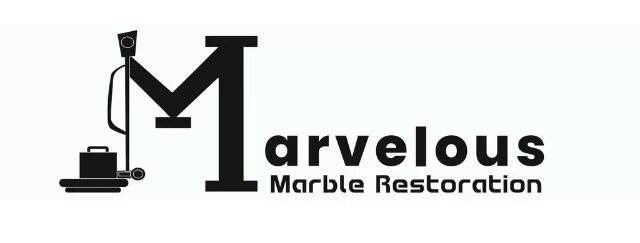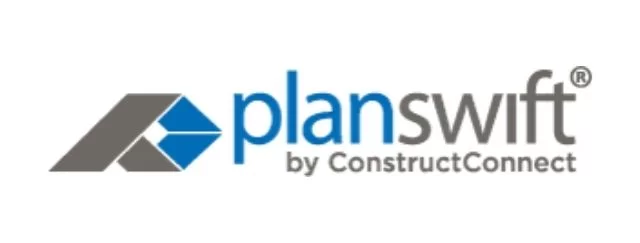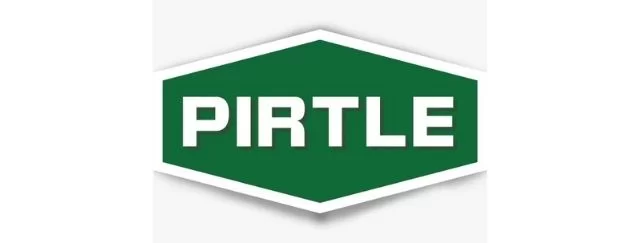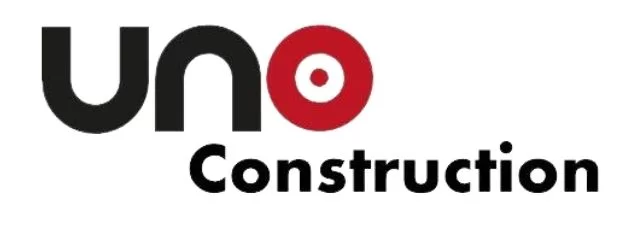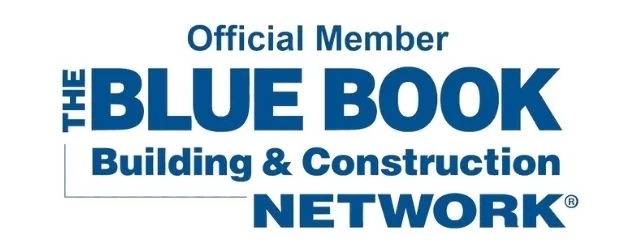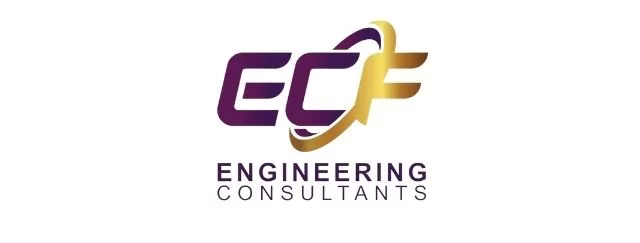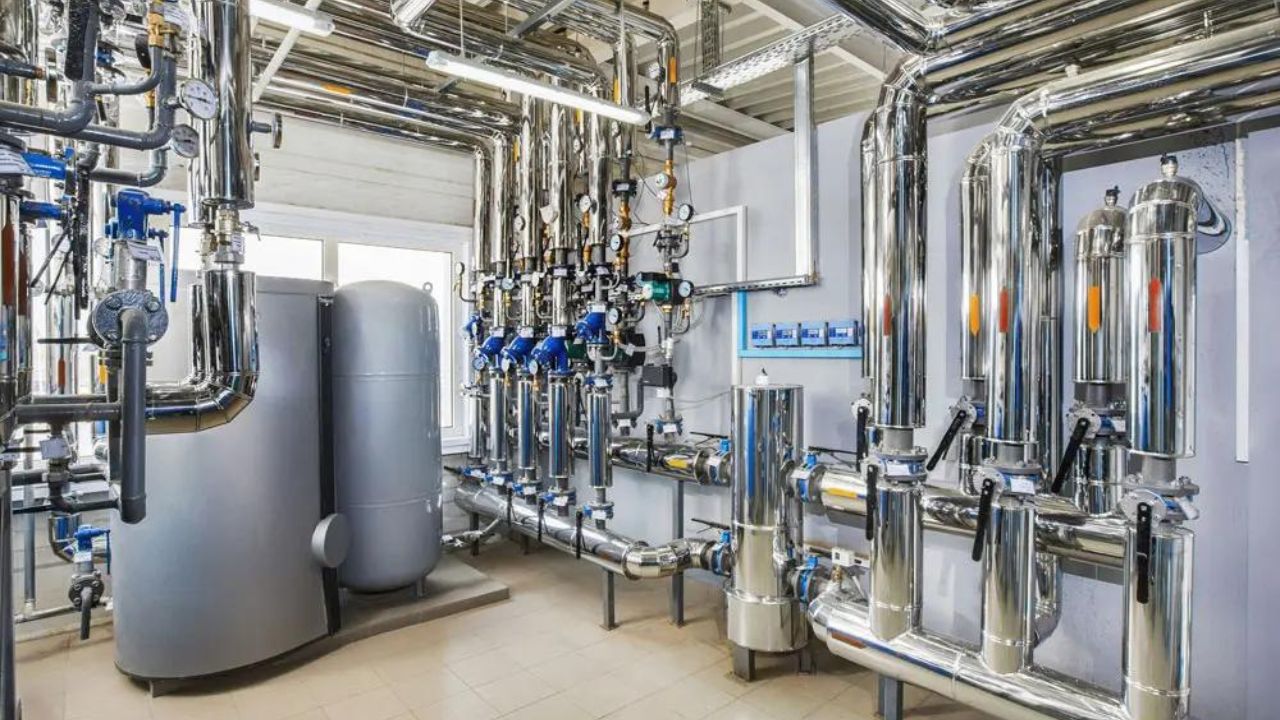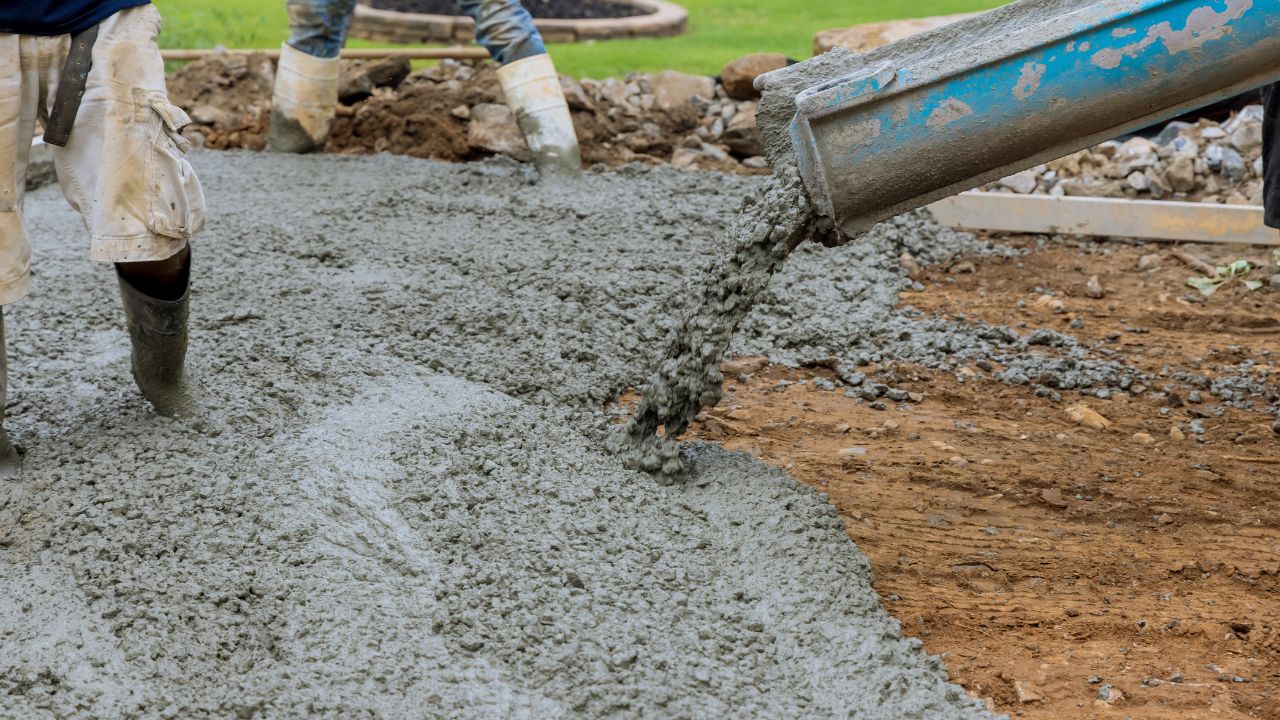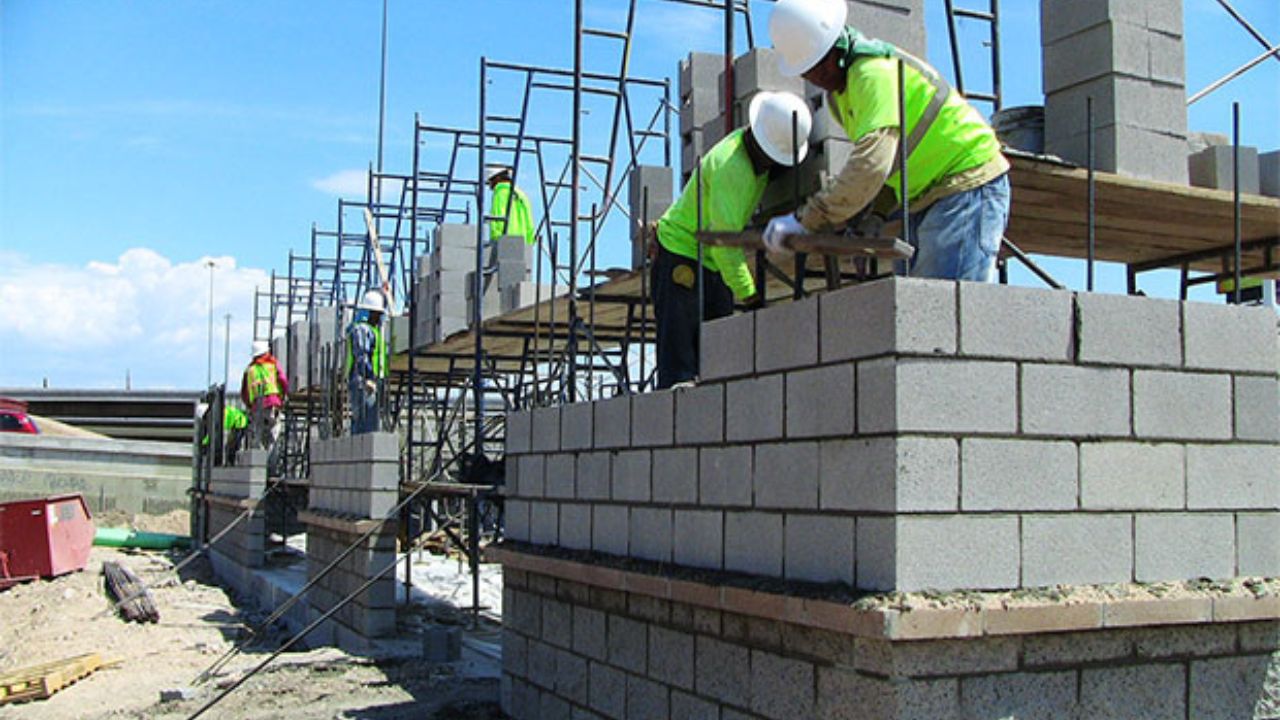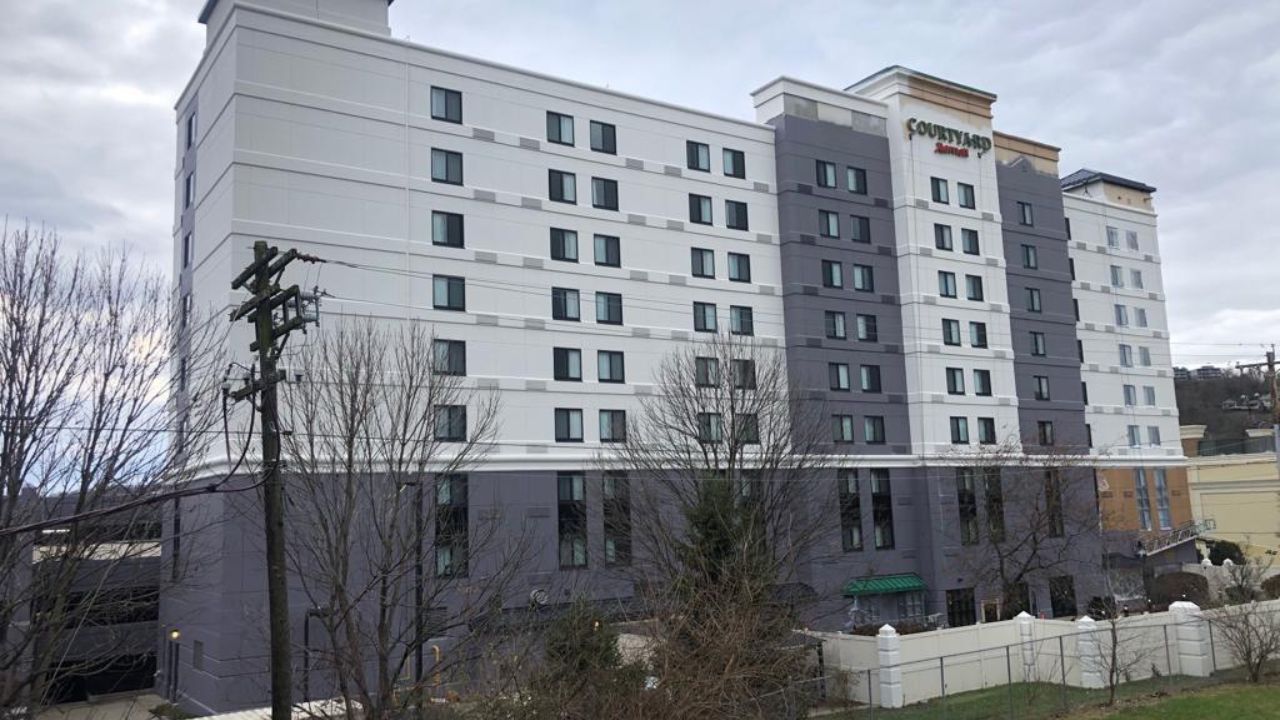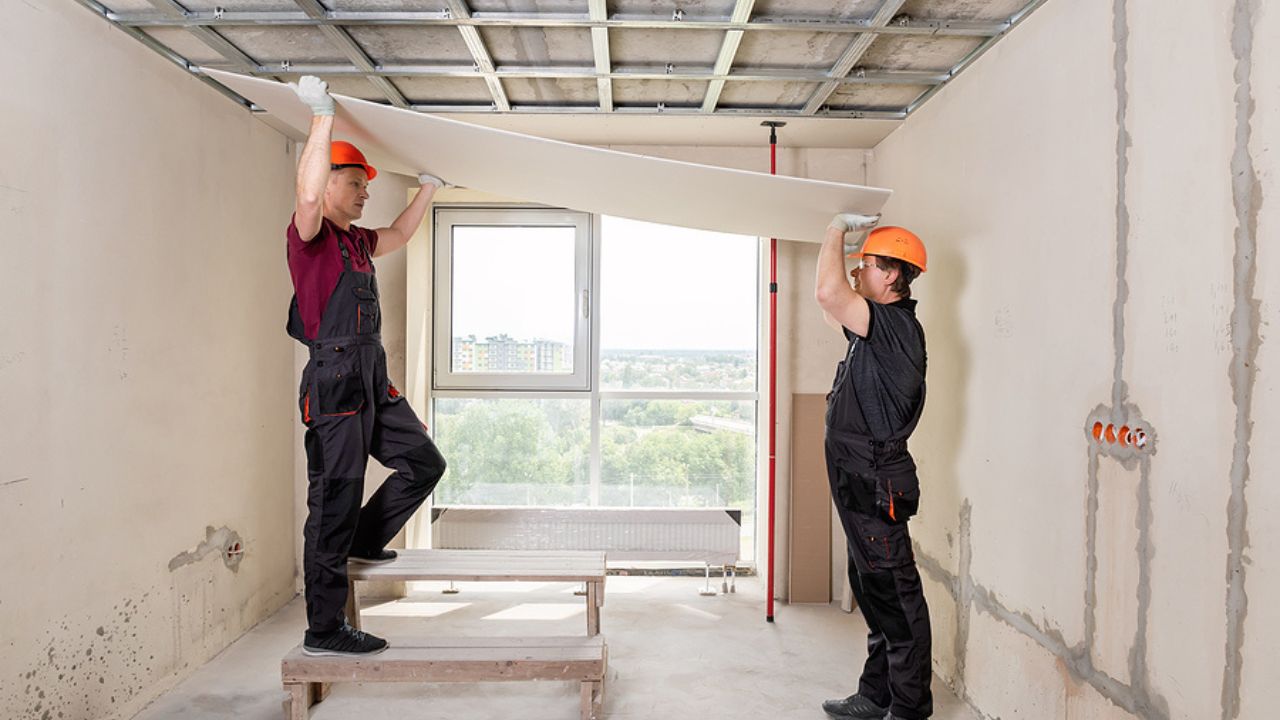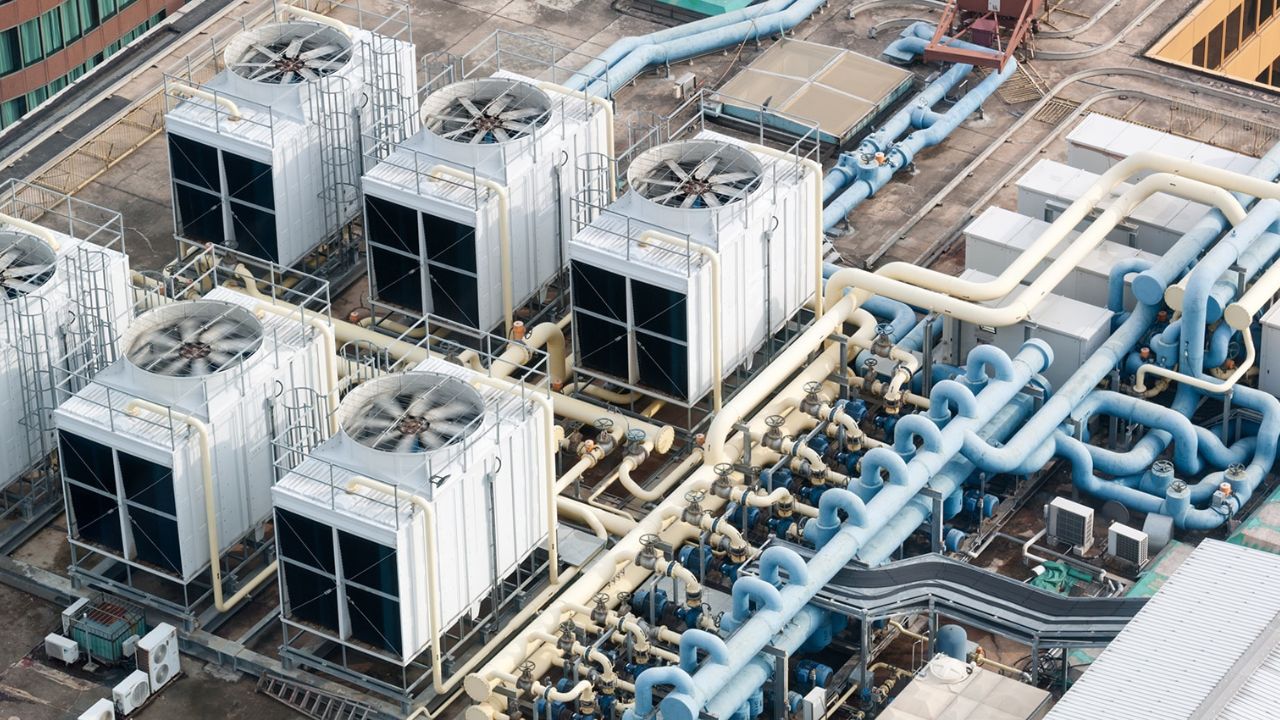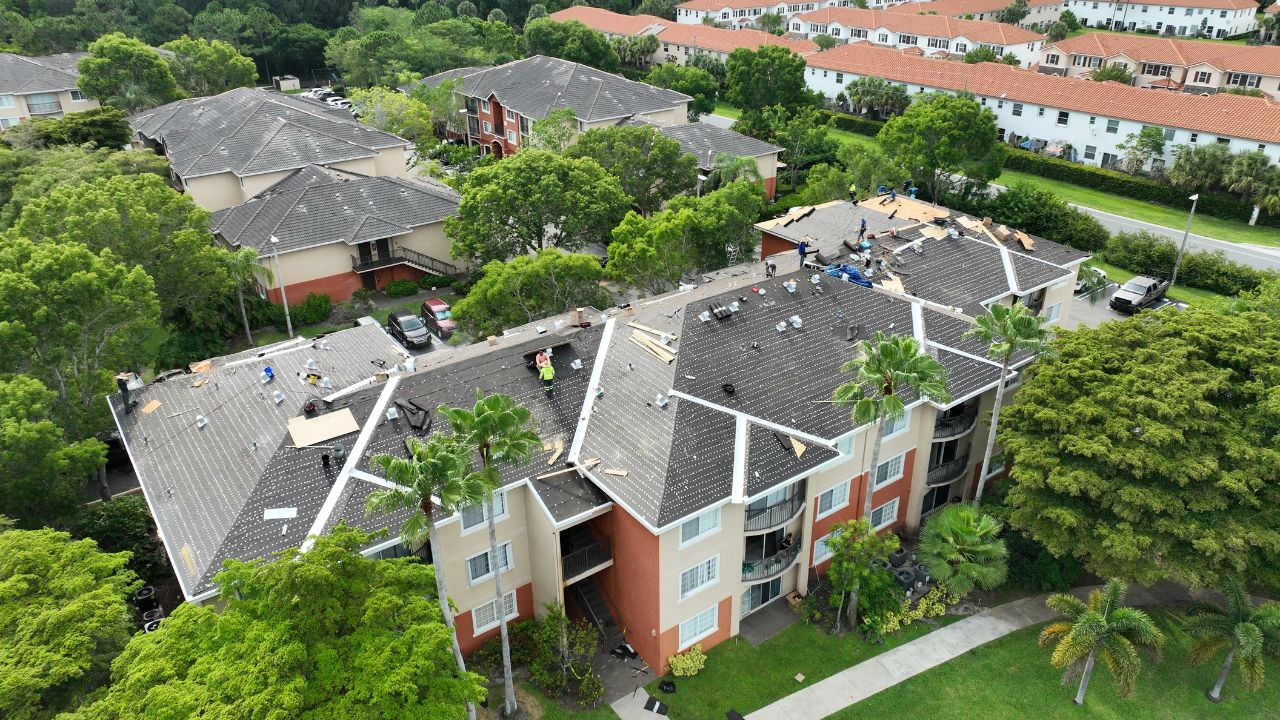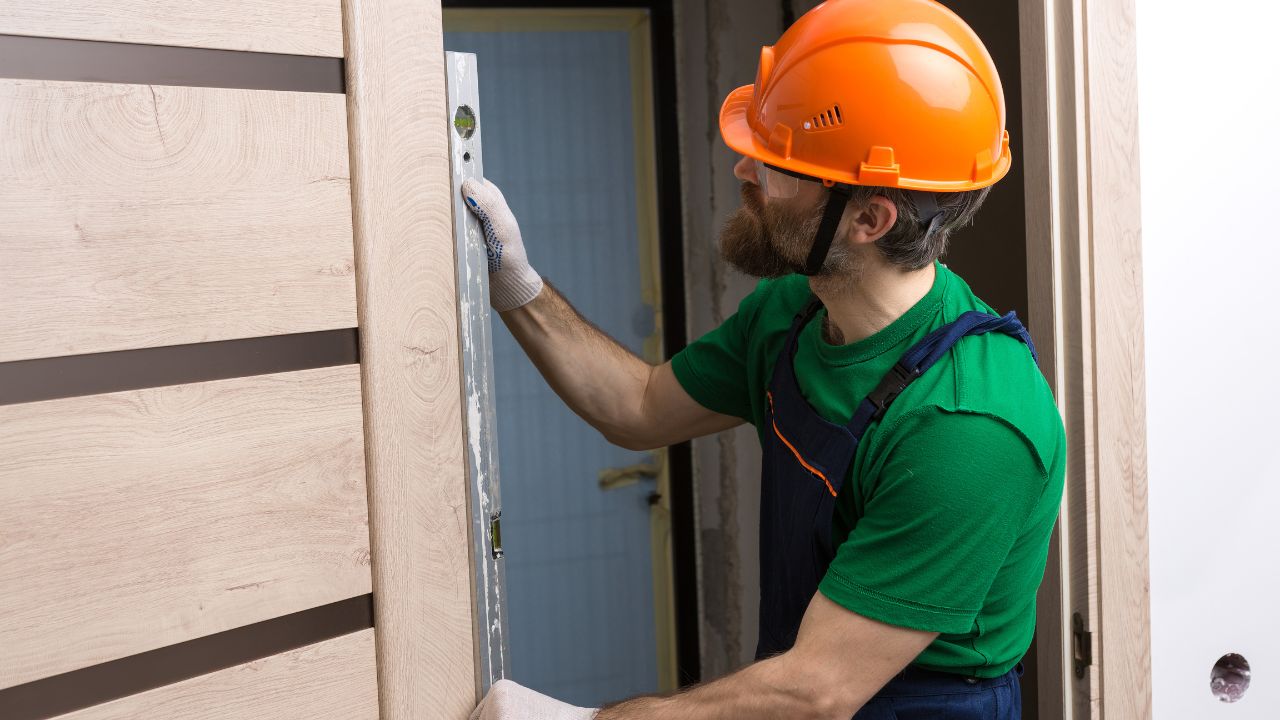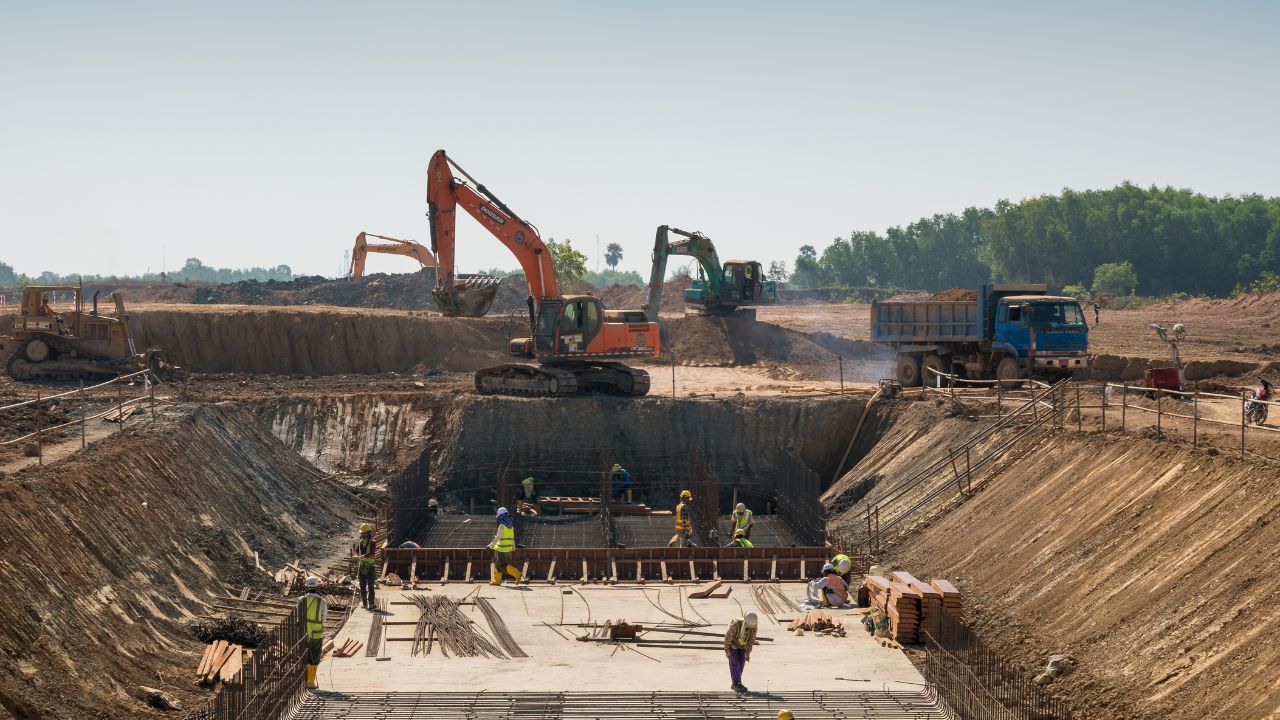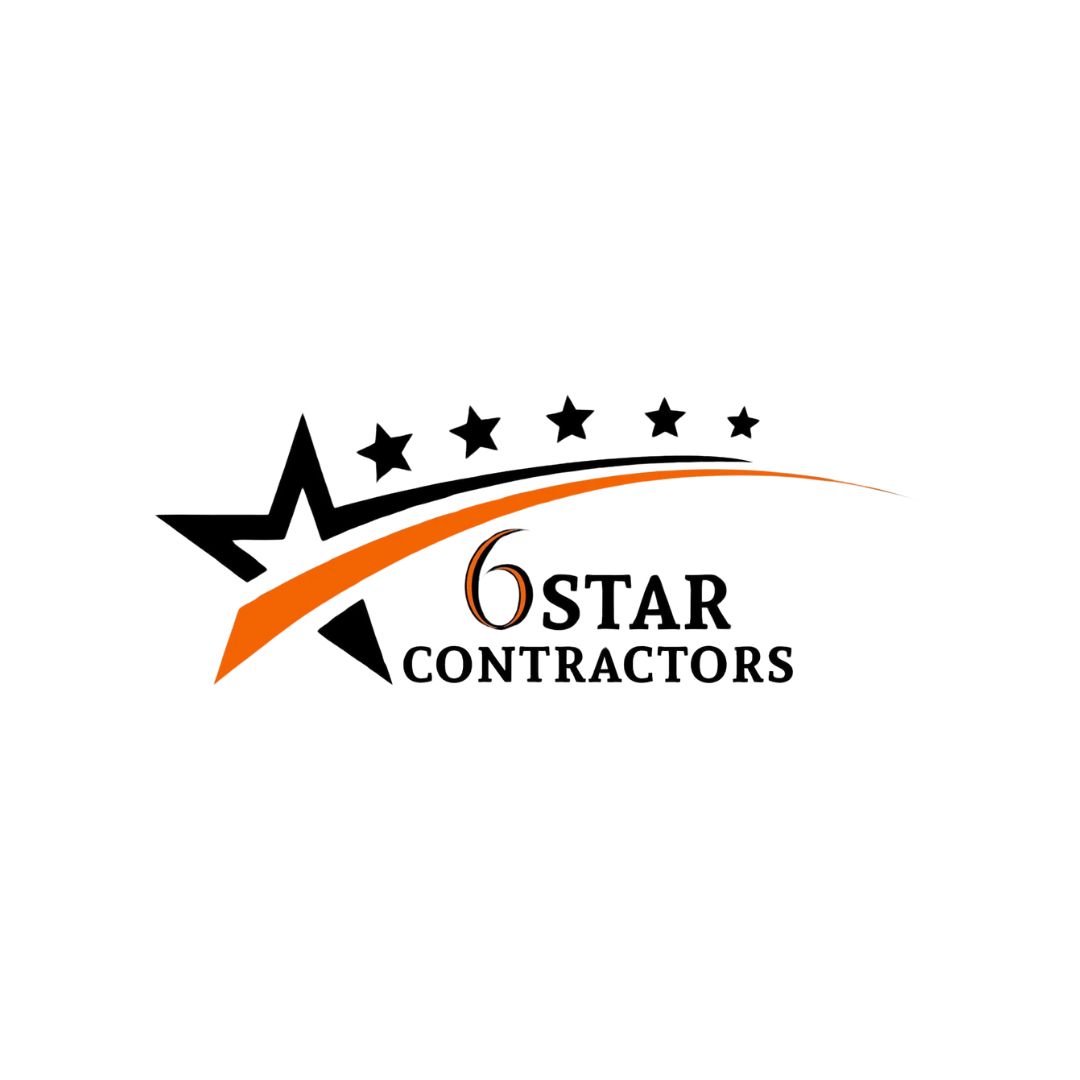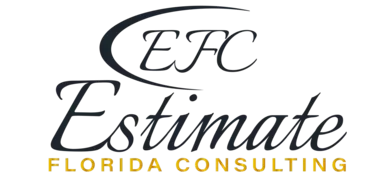- Homepage
- Estimator
Commercial Building Replacement Cost Estimator for Insurance
Leading provider of commercial building estimate services.
Determining the replacement cost of a commercial building is essential for ensuring you have the right insurance coverage. Replacement cost refers to the amount needed to rebuild or repair a property using materials of similar quality, without accounting for depreciation. This estimate helps you secure adequate insurance coverage and prevents financial risks in case of an unexpected loss. It also reassures insurers about the accuracy of your claims, making the entire process smoother and more efficient. Additionally, understanding replacement costs enables property owners to avoid over-insuring or under-insuring their assets, striking the right balance between cost and coverage.
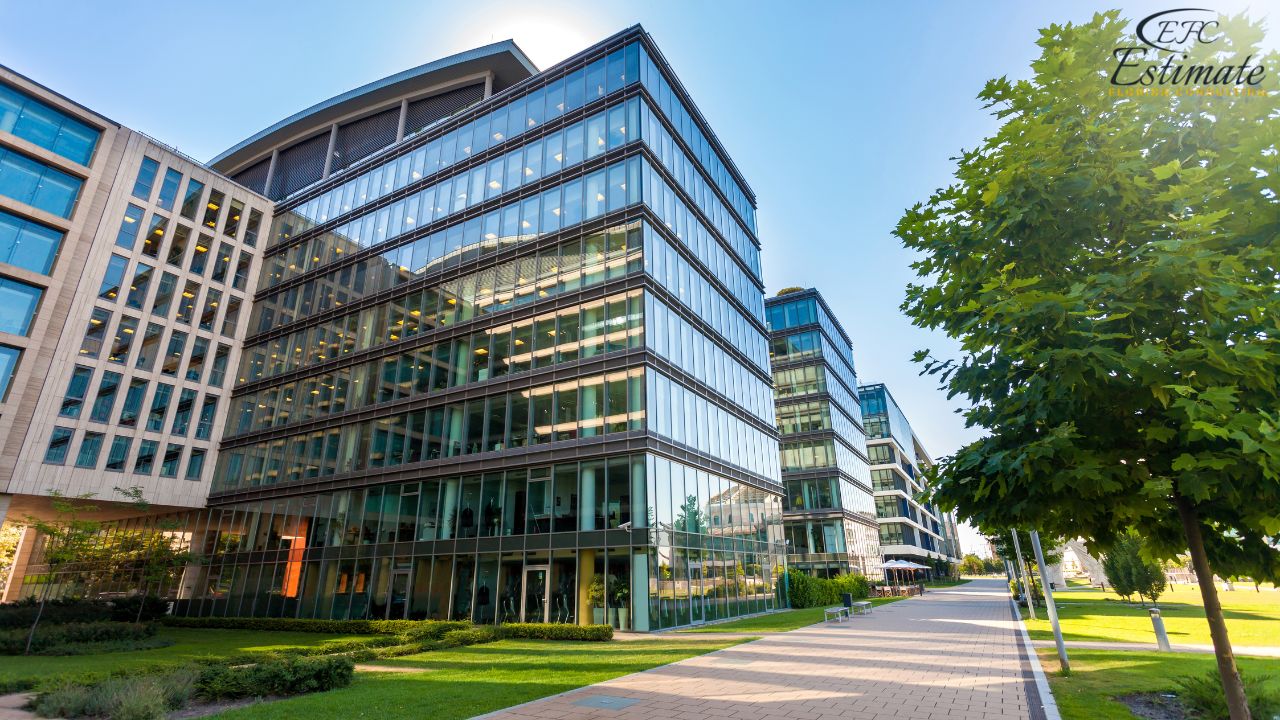
Why is Replacement Cost Estimation Important for Commercial Insurance?
Having an accurate replacement cost estimate is vital for getting the correct insurance coverage. If the estimate is too low, you risk being underinsured, which could leave you with large out-of-pocket expenses. On the other hand, overestimated replacement costs can unnecessarily inflate your insurance premiums. Here’s why a precise estimate matters:
- Adequate Coverage: Ensures you have sufficient funds to rebuild your property after a loss without financial stress. This protection is especially crucial for businesses that rely on their buildings for daily operations.
- Reasonable Premiums: Helps avoid inflated insurance costs by aligning premiums with actual rebuilding expenses. Accurate premiums ensure you’re not overpaying for coverage that doesn’t match your needs.
- Claim Confidence: Insurers prefer detailed estimates because they reduce disputes during claim processing. A clear estimate shows you’ve done your due diligence and strengthens your claim’s legitimacy.
- Financial Planning: Provides a clear understanding of rebuilding costs, helping you manage resources better. By understanding these costs, you can allocate funds more effectively for other aspects of your business.
- Compliance with Regulations: Ensures your coverage meets local building codes and insurance policy standards. This compliance also reduces the risk of legal complications during reconstruction.
For comprehensive budgeting, get detailed replacement cost estimates to align your insurance with rebuilding expenses.
Construction Professionals For Your Project?
Key Factors Affecting Commercial Replacement Costs
Several factors influence the overall replacement cost of a commercial building. Recognizing these variables can help refine your estimate:
Building Age and Condition
Older buildings may have unique architectural features that are expensive to replace. Additionally, older structures may require upgrades to meet current building codes.
Location
Geographic location plays a significant role in material and labor costs. Urban areas often have higher labor costs, while rural areas might face higher transportation fees for materials.
Get Acquainted with Estimation
Save $300K on Your Next Construction Project
Construction Projects Going Over Budget? Here's How to RECOVER!
Material Costs
Fluctuations in the cost of raw materials like steel, wood, and concrete can significantly impact replacement costs. Sustainable or specialized materials may add to the cost.
Labor Market Conditions
Local labor shortages or seasonal demand can increase the price of hiring skilled workers for reconstruction projects.
Components of a Commercial Building Replacement Cost Estimate
A comprehensive replacement cost estimate considers multiple factors. Here are the key components to include:
Building Structure Costs
- Foundation: Covers excavation, concrete work, and any reinforcements required to meet safety standards. For example, in flood-prone areas, additional reinforcements might be needed to prevent structural failure during natural disasters.
- Frame and Walls: Costs for structural elements like steel, wood, or reinforced concrete. Include fireproofing treatments or weather-resistant upgrades if applicable. These upgrades can reduce long-term maintenance and repair costs.
- Roofing: Expenses for roof materials such as metal, shingles, or tiles.

Factor in weather-resilient options, which may have higher upfront costs but offer long-term benefits like durability and energy efficiency.
Interior Finishes
- Flooring: Costs for carpets, tiles, hardwood, or other flooring materials. Highlight premium options like marble or custom designs, as these can significantly impact replacement costs.
- Ceilings and Walls: Expenses for paint, drywall, and specialty finishes such as acoustic panels. Decorative upgrades should also be listed to give a complete picture of interior restoration costs.
- Fixtures: Includes lighting systems, plumbing fixtures, and built-in furniture. Be sure to mention high-end or customized fixtures, which can significantly impact costs. Including detailed descriptions ensures insurers understand the value of these assets.
- Renovation: Planning a renovation? Estimate replacement costs for insurance to ensure adequate coverage post-renovation.
Mechanical, Electrical, and Plumbing (MEP) Systems
- HVAC Systems: When estimating MEP systems, include HVAC in replacement cost estimates to ensure full coverage for your building.
- Electrical Systems: Covers wiring, outlets, power panels, and energy-saving systems like solar panels or smart grid integrations. Specify the inclusion of modern electrical upgrades to align with current building standards.
- Plumbing: Plumbing is a critical component, so factor plumbing into replacement costs for accurate insurance planning.
Exterior Features
- Landscaping: Costs for sod, trees, irrigation systems, and fencing. Be specific about plant types and design complexities, as these can vary widely in cost depending on the region.
- Parking Lots: Expenses for asphalt, striping, and any accessibility features like ramps or signage. Ensure ADA-compliance costs are included, as these are often required by law.
- Lighting and Signage: Costs for exterior lighting and building signage, including energy-efficient options. Highlight how these elements enhance the building’s safety and functionality.
Permits and Fees
- Account for all costs related to rebuilding permits and meeting local regulations. This may include expedited approval fees for urgent rebuilds or additional permits for specialized features.
- Include fees for inspections and environmental impact assessments, especially if local laws require them. Proper documentation of these fees ensures transparency and prevents future disputes.
Get High-Quality 3D Rendering Services Today!
Transform your space with stunning 3D rendering that blends style, comfort, and functionality.
We Specialize in Both Residential and Commercial 3D Rendering Projects.
- Luxury Villas
- Apartment Complexes
- Home
- Condominium
- Office Buildings
- Shopping Malls
- Hospitals
- Hotels & Resorts
Contingency Budget
- Allocate around 10-15% of the total cost for unexpected expenses, such as material shortages or labor price hikes. Provide examples from similar projects to justify this allocation and reassure insurers of your preparedness.
- Contingency budgets also prepare you for unforeseen delays, ensuring project continuity. This is particularly important in large-scale projects where unexpected costs are more likely to arise.
Steps to Calculate Replacement Cost for Insurance
Assess Building Details
Gather specific information about the building, such as its size, materials used, and unique architectural elements. Include structural details and photographs to provide a complete picture for insurers.
Research Market Rates
- Use current market rates for materials and labor in your area. These rates can vary depending on location, season, and demand. Working with local contractors can provide more accurate data.
- Consult local contractors or suppliers for the most accurate pricing. Factor in regional variations that might impact costs, such as proximity to suppliers or labor availability.
Use Estimation Tools or Services
- Leverage tools like RSMeans or consult with professional cost estimators for accurate calculations. These tools often have region-specific data that improves precision.
- Cross-check with industry-standard calculators to ensure reliability. Using multiple sources helps create a balanced and defensible estimate.
Factor in Code Upgrades
Account for any changes in building codes that could increase rebuilding costs. This is especially important for older buildings, where compliance upgrades may be required.
- Accessibility Upgrades: Include costs for ADA compliance or accessibility features like ramps or elevators that may now be required.
- Energy Efficiency Standards: Factor in the expense of meeting updated energy efficiency or green building regulations.
- Safety Compliance: Consider additional safety features like fire sprinklers, seismic reinforcements, or storm-resistant construction materials.
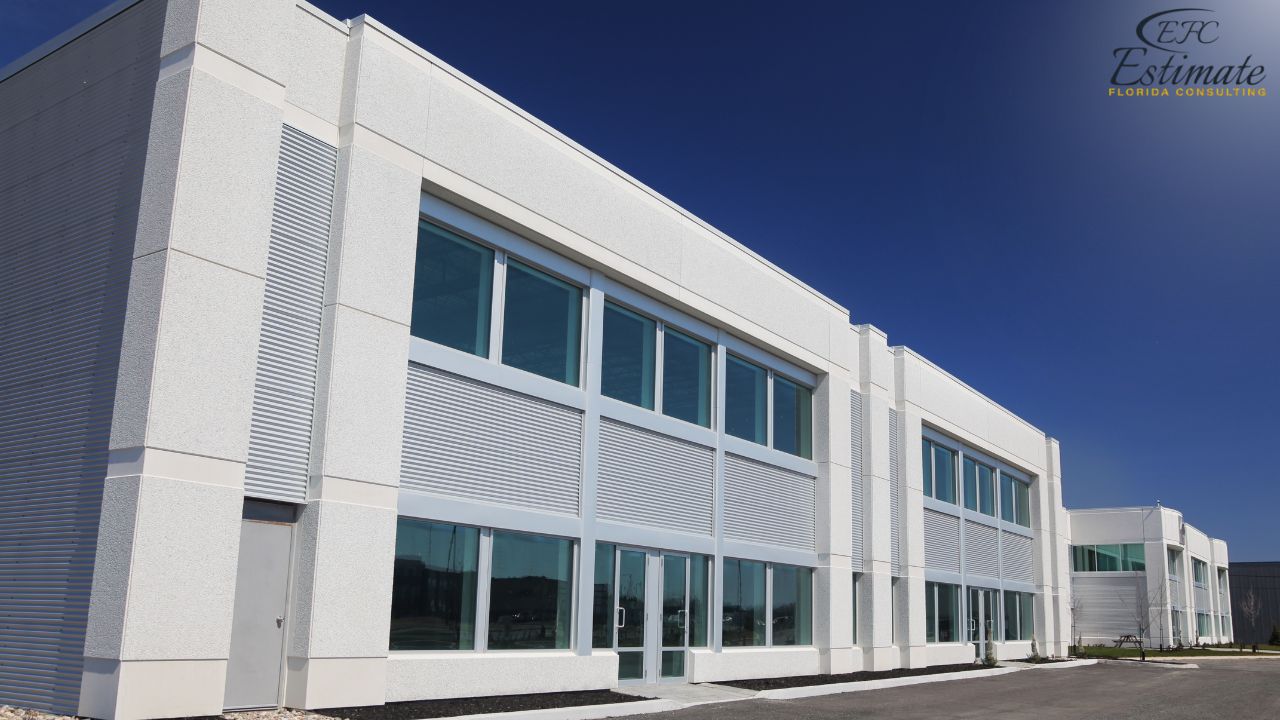
Review and Update
- Regularly review your estimate to reflect changes in market rates, building improvements, or local regulations. This ensures your policy remains adequate and aligned with current costs.
Benefits of a Replacement Cost Estimator for Insurance
Accurate Claims
A detailed replacement cost estimate ensures faster claim processing and minimizes disputes with insurers. Having clear documentation reduces the risk of claim rejection.
Avoids Underinsurance
Prevents gaps in coverage by aligning policy limits with actual rebuilding costs, protecting your financial interests. This protection is crucial in cases of total property loss.
Optimized Premiums
Helps you avoid overpaying for insurance by ensuring premiums are based on accurate rebuilding costs. This ensures fair pricing while providing adequate coverage.
Preparedness
Gives you peace of mind knowing you’re financially ready for any unforeseen events, with adequate resources to rebuild. Proper preparation also builds trust with insurers.
90% More Chances to Win Bids with
Our Estimate!
Final Thoughts
Estimating the replacement cost of a commercial building is a key step in securing the right insurance coverage. By focusing on accuracy and regularly updating your estimates, you can protect your property and avoid financial surprises. For expert help with creating accurate replacement cost estimates, contact Estimate Florida Consulting. Our team provides detailed and reliable estimations to ensure your peace of mind.
Frequently Asked Question
A commercial building replacement cost estimator is a tool or service used to calculate the cost of rebuilding your property from the ground up using materials of similar quality, without considering depreciation. This estimate ensures that your insurance coverage matches the true cost of reconstruction.
Call Now: +1(561)530-2845
Replacement cost is the amount needed to rebuild a property using current materials and labor, while market value reflects what the property could sell for in the open market. Insurance companies usually base coverage on replacement cost, not market value.
Call Now: +1(561)530-2845
Several factors influence replacement costs, including the building’s age, location, material prices, labor market conditions, and compliance with modern building codes. Unique features like high-end finishes or energy-efficient systems also impact the estimate.
Call Now: +1(561)530-2845
It’s recommended to review and update your estimate every 12–24 months. Fluctuations in material prices, labor costs, and building codes can significantly change rebuilding expenses, so staying updated ensures your insurance coverage remains accurate.
Call Now: +1(561)530-2845
Comprehensive Trade-Specific Estimates
At Estimate Florida Consulting, we offer detailed cost estimates across all major trades, ensuring no part of your project is overlooked. From the foundation to the finishing touches, our trade-specific estimates provide you with a complete and accurate breakdown of costs for any type of construction project.
Our Simple Process to Get Your Estimate
Upload Plans
Submit your project plans, blueprints, or relevant documents through our online form or via email.
Receive Quotation
We’ll review your project details and send you a quote based on your scope and requirements.
Confirmation
Confirm the details and finalize any adjustments to ensure the estimate meets your project needs.
Get Estimate
Receive your detailed, trade-specific estimate within 1-2 business days, ready for your project execution.

Testimonials
What Our Clients Say
We take pride in delivering accurate, timely, and reliable estimates that help contractors and builders win more projects. Our clients consistently praise our attention to detail, fast turnaround times, and the positive impact our estimates have on their businesses.
Estimate Florida Consulting has helped us win more bids with their fast and accurate estimates. We trust them for every project!




Our Clients & Partners
We pride ourselves on building strong, lasting relationships with our clients and partners across the construction industry.
